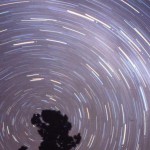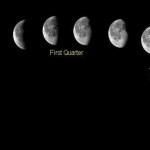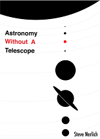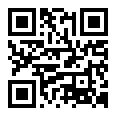Naked EYE ASTRONOMY
This page shows you some useful ways to quickly build up a mental map of how the earth and the solar system work and how that corresponds to the apparent movement of different objects in the night—and day—sky.

The southern celestial pole
The Southern Cross points (more or less) to the South Celestial Pole, an imaginary spot around which the whole of the southern sky appears to rotate. Having found it, you just drop your hand straight down to the horizon and you’ll be pointing More…

The Moon

Getting your head around the lunar cycle is an entertaining pursuit if you walk your dog in the evening—or can just spare a contemplative moment in the backyard. Either way, you’ll need to check where the moon is over the course of a few evenings More…
 Constellations
Constellations
Constellations are just a rough way of mapping out the sky—and most southern-sky Cheap Astronomers only bother learning three. The perennial Southern Cross, Orion’s belt in the summer months and Scorpius in the winter. More…
 Name that star
Name that star
Much more impressive than tracing constellations in the sky is the ability to casually point up and comment on how bright Canopus looks this evening. The 10 brightest stars in the night sky are listed below, mapped against the More…
 The planets
The planets
Relative to the stars, planets don’t have fixed positions. They will all be in the sky at some time, but there may be lengthy periods where some are only in the sky in daylight (and hence invisible) or at inconvenient times of the night. More…




